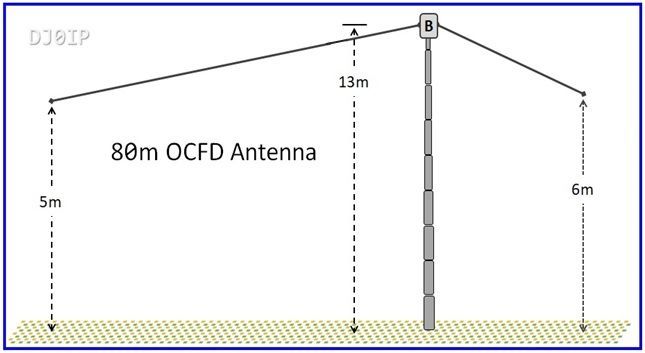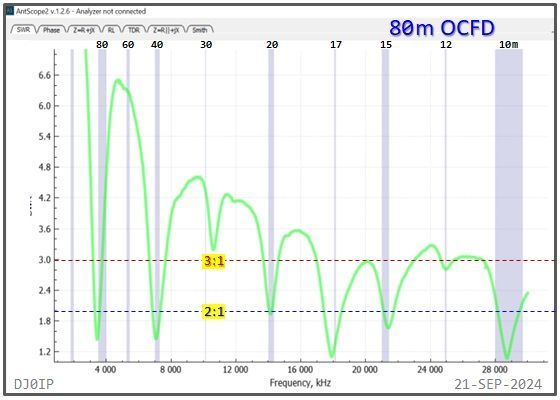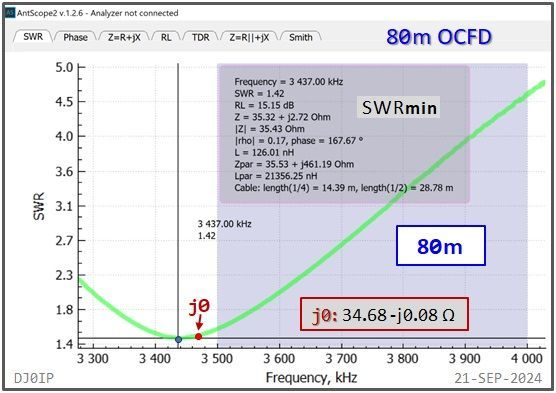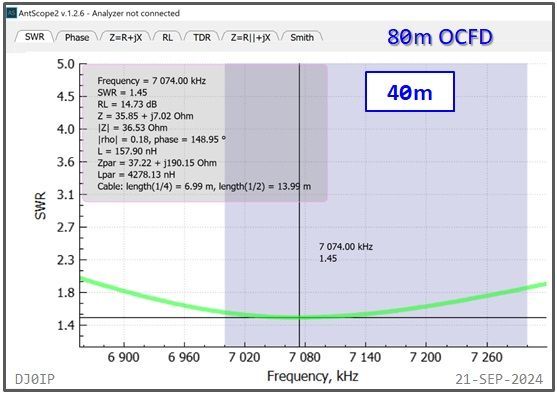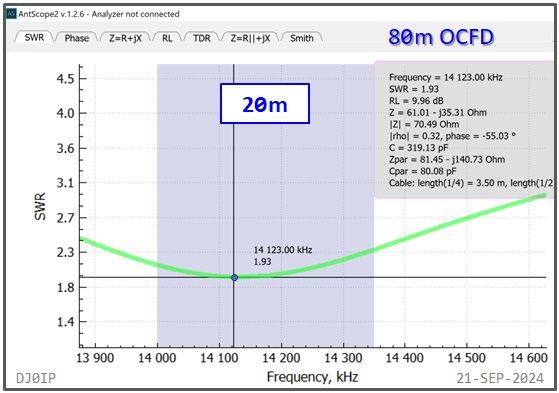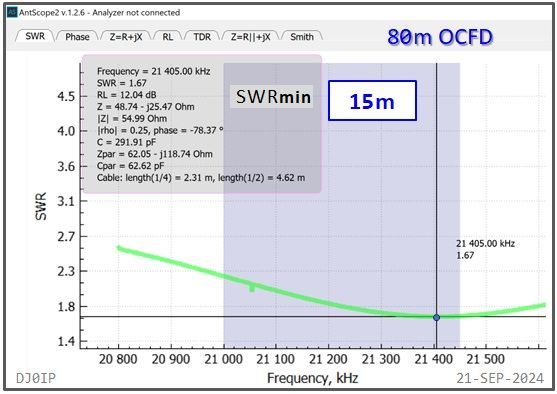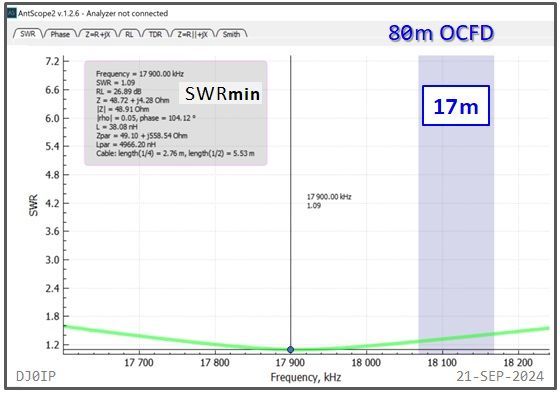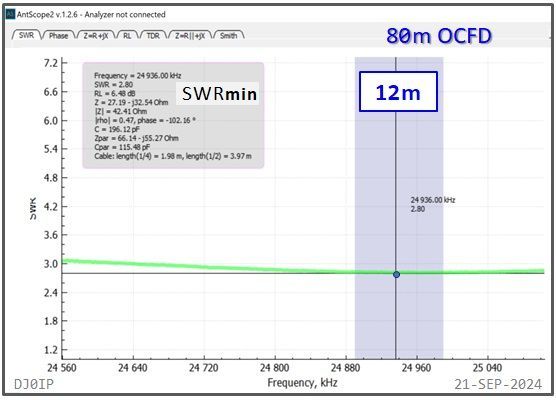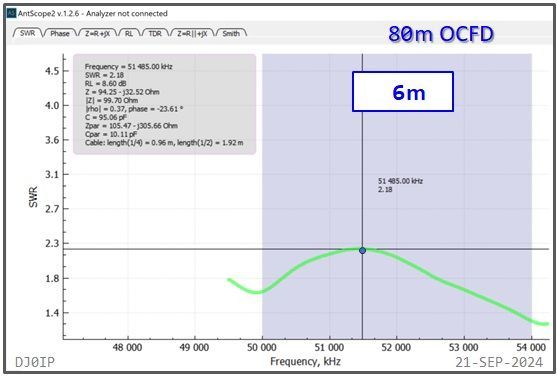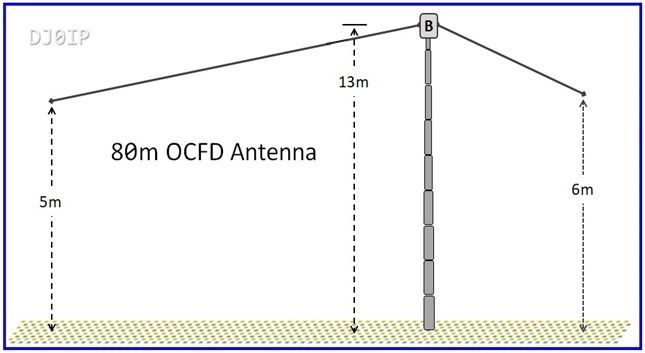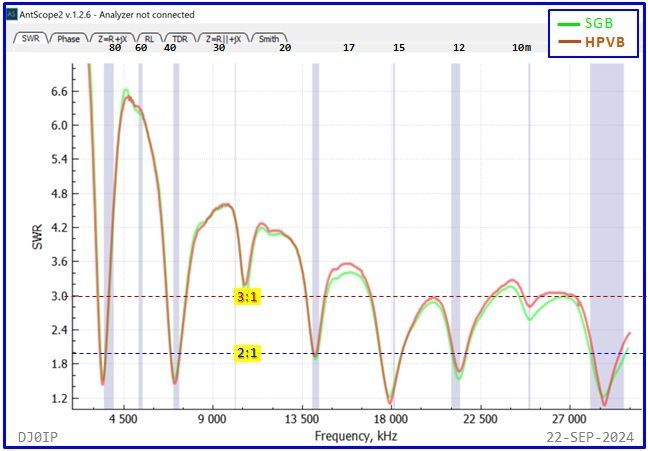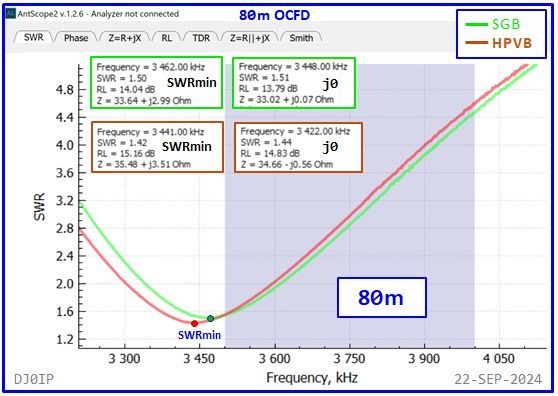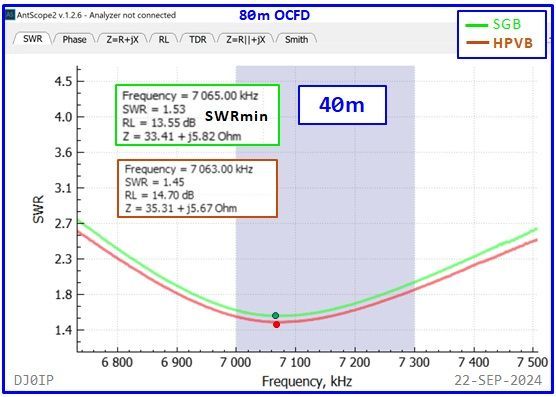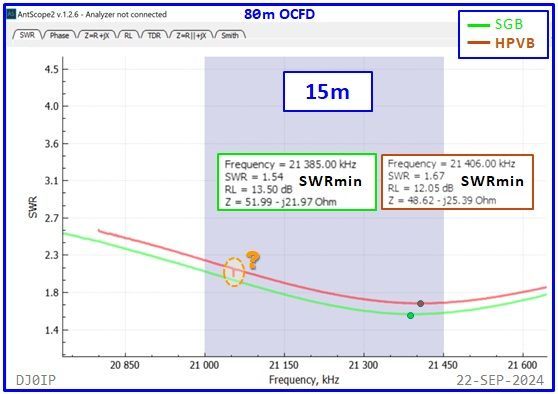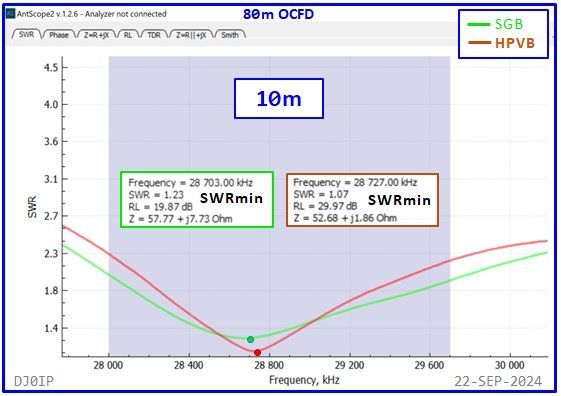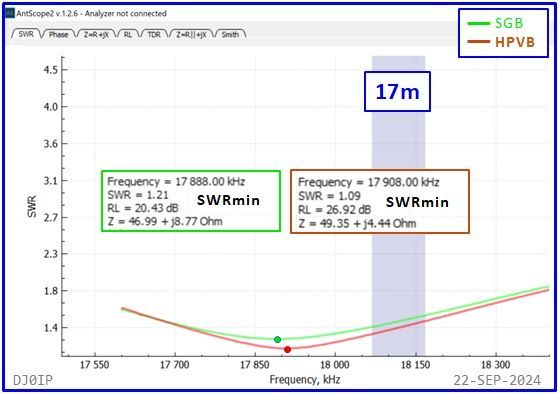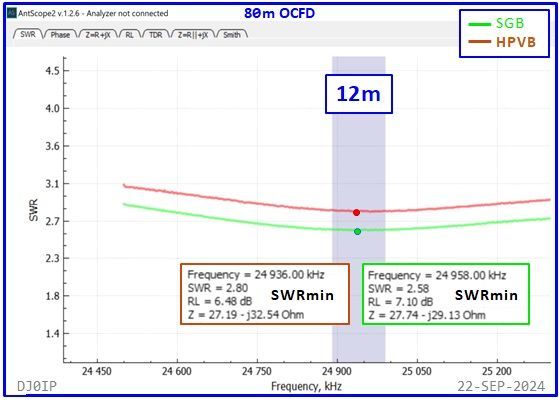FIELD MEASUREMENTS: VitroPerm 1:1 Guanella Balun
Hybrid Balun: Vitroperm 1:1 Guanella Balun: HPVG + SRB
I was made aware of Vitroperm Toroids by Mikko Sannala, OH1G / AB6RF, about two year ago (2022). This was claimed to be better in 1:1 Guanella choke-baluns because it requires fewer turns of transmission line for the same amount of permeability as a choke-balun wound on a Ferrite Toroid.
How well does it work?
ONLY ONE WAY TO FIND OUT!
I purchased a battery-powered 70 Watt soldering iron in preparation for this project. It came with a hefty lithium battery. With this I can lower the balun box and swap either balun in the field, without having to take down the antenna.
Soldering with this was no problem in the house but Murphy must have been watching. I had to shield the connection from the wind, and then it worked just fine.
Here is some of the information Mikko sent me:

Note: I will make a photo of the Hybrid with Vitroperm Balun when I swap it out for the next Balun.
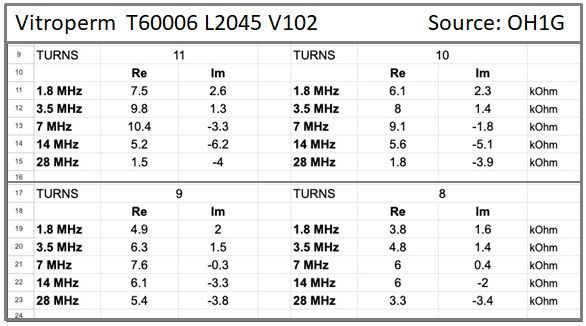

My Interest: 80m
ANTENNA MEASUREMENTS:
The Hybrid-Balun consisting of my standard 4:1 Ruthroff (SRB) + this Vitroperm 1:1 Choke was inserted into an 80m OCFD antenna and measured with a scanning antenna analyzer (RigExpert AA-230 ZOOM).
It is always interesting to see a full scan across the HF band, but you really don't see much detail in that kind of scan. I made one anyway, followed by a scan across each of the HF bands (except 60m).
The exact details of each of these measurements may be examined using the freeware software "AntScope-2".
If you prefer a different software, you can download the
.s1p or the
.csv files of these measurements.
I prefer the AntScope-2 software and recommend you use this program if you want to discuss this with me.
AntScope-2 is a freeware available for Windows, MacOS, & Linux on the RigExpert web site:
Win: https://rigexpert.com/files/software/Antscope/antscope2forwindows/
MacOS: https://rigexpert.com/files/software/Antscope/antscope2formacos/
Linux: https://rigexpert.com/files/software/Antscope/antscope2forlinux/
DOWNLOADS:
NOTE: Each of these downloads contains a zipped file. You must unzip the files to retrieve the individual data files.
COMPARISON MEASUREMENTS: HPVG vs. SGR
I measured the antenna with each balun, using an electrical half wavelength (80m) of RG-58 CU coax.
There is very little measured difference in the antenna whether fed through a Hybrid-Balun using this Vitroperm choke, or a choke wound on an FT-140-43.
Measuring the same antenna on different days results in slightly different results. These antennas were measured about 2 weeks apart.
DISCUSSION AND CONCLUSION
As the sayings goes,
The Proof of the pudding is in the Eating, and/or
Where the Rubber Hits the Road. In this case, the rubber hits the road when the antenna is erected in the field and tested On-The-Air.
Unless compared to a second antenna with instant A/B switching, it is difficult to make an on the air comparisons between two antennas.
I am the Net Control Station in our club’s Sunday morning 80m net. My QTH is located in the middle of most of the members’ QTH, and I am usually the loudest station of the group.
In our recent Sunday net, my signal strength was reported by all stations to be "as usual." Granted, this is not a very scientific measurement, but it is an indication that most likely nothing has changed.
CONCLUSION:
I could not detect any real difference in measurements or On-The-Air between the antenna with the Vitroperm choke installed, compared to my standard Ferrite choke.
Due to its high permeability, it is suspected that it might have an advantage in a 160m OCFD antenna, but I do not have the space to test that.
DISCLAIMER:
I have reported my measured results here. I am not an expert on Toroid technology, and welcome ALL feedback, whether supporting or disproving my own results.
NOTE: Throughout this section of my web, whenever I state the value of the Common Mode Impedance of chokes or balun, it is based on the values shown in the color charts by Steve Hunt, G3TXQ (SK), published on his web, here: G3TXQ: RF-Chokes

